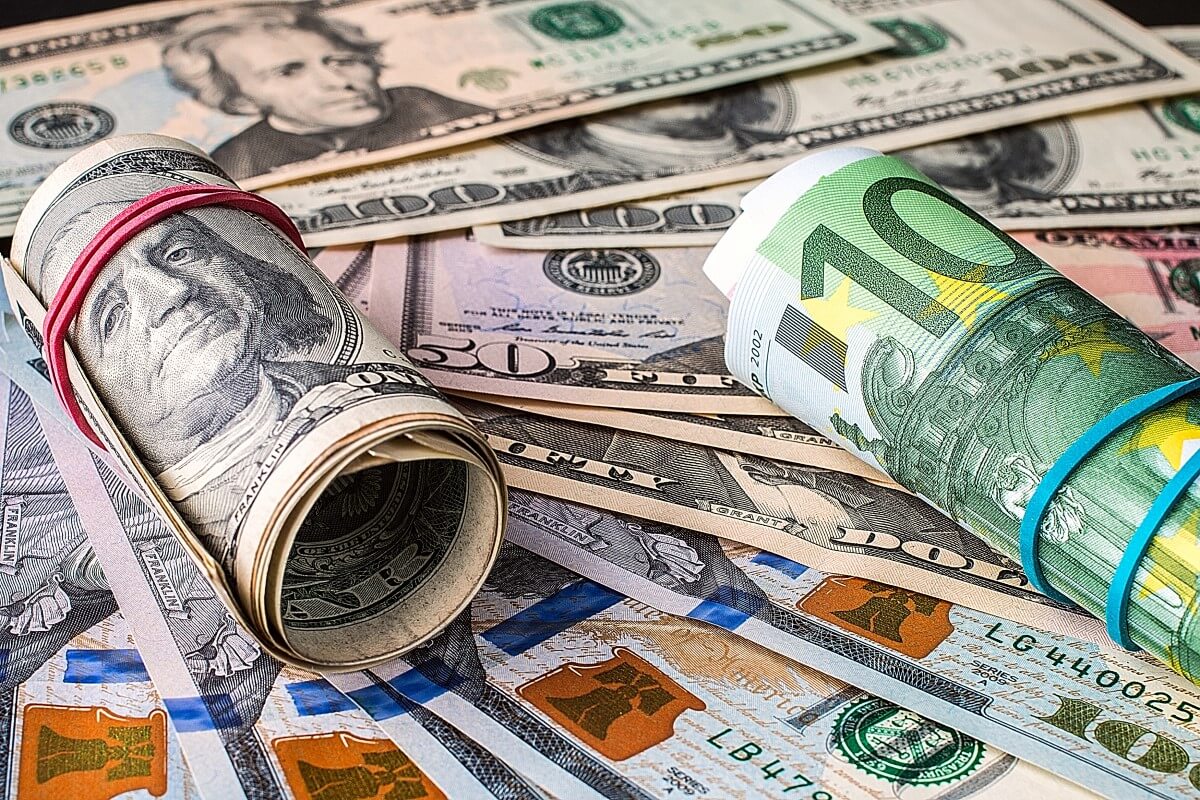
The U.S. dollar plunged on Monday. Is this a sell-off?
The dollar traded in the red on Monday. New data hinted that the U.S. central bank might be less aggressive in its hiking cycle, especially after the government attempted to mitigate the possible damage in the aftermath of Silicon Valley Bank’s sudden collapse.
The American authorities issued several measures earlier today. They also assured SVB customers that they would regain access to their deposits from Monday. New York state financial regulator closed New York’s Signature Bank on Sunday. However, the government stated that its depositors wouldn’t lose any funds.
The Federal Reserve also stepped in, declaring that it would throw additional funding to give loans to various depository institutions. The agency will do that through a Bank Term Funding Program, another new development.
Despite these measures, the forex market’s turbulence was considerable today. The SVB collapse weighed on investors’ sentiment. Traders think the Fed won’t continue hiking its interest rates, especially not by a substantial 50 basis points. Previously, market participants expected such an increase in March. However, the new turmoil gave the central bank other tasks to focus on.
Some analysts prefer to wait for inflation data due on Tuesday before offering their forecasts. This data will give additional insights into what course the Fed might take.
On Monday, the dollar index plummeted by as much as 0.55% against the basket of six major currencies. It exchanged hands near one-month lows of 103.67, slightly climbing up to 104.12 at last.
Traders are pricing an almost 60% chance of the central bank maintaining its current rate. There is also a 40% chance of a 25-basis point increase. Goldman Sachs announced that the Federal Reserve likely wouldn’t deliver another rate increase at its March 22 meeting.
How is the safe-haven Japanese yen trading?
Typically, safe-haven currencies rally when there is some disturbance in the markets. The greenback is one of the strongest safe havens, but considering that it was the one affected by the fall of Silicon Valley Bank, the yen and franc benefited instead.
The Japanese yen surged forward by 1.5% to 133.03 per USD. The currency skyrocketed to its highest level in almost a month. At the same time, the Swiss franc rallied against the U.S. currency. The dollar plunged by 0.8% against the franc, trading at 0.9140 at last.
The common currency also benefited from the dollar’s fall. It jumped by 0.29% at $1.0670. The euro skyrocketed to almost a one-month high of $1.0737 earlier. Investors are waiting for the European Central Bank’s policy meeting. The latter is due on Thursday. Market participants expect the ECB to announce a 50-basis point increase. It might also offer hints about the future tightening policy.
On Monday, the British pound added 0.39%. It traded at $1.2082 during the session. Moreover, the New Zealand dollar rallied by 1%, exchanging hands at $0.6194. The Aussie dollar also soared by 0.87% to $0.6639. It remained on track for its biggest one-day percentage surge since February 7.
What about the EM currencies?
EM currencies rallied on Monday thanks to the declining dollar. The MSCI’s emerging market currencies index jumped by 0.5% today. The index also skyrocketed to an almost one-month peak earlier in the session.
Emerging currencies seemed set for their best session since the start of 2023. The Russian rouble skyrocketed by 0.8% against the greenback. Meantime, South Africa’s rand surged by 0.9%. The MSCI’s index for EM shares gained 0.5%, reaching a one-month peak.
Usually, EM currencies flourish when the dollar crashes. The strong greenback weighed on them heavily over the last several weeks. However, analysts pointed out that SVB’s closure is the largest bank failure in the United States since the 2008-2009 financial crisis.
Chris Turner, the global head of strategy at ING, stated that the U.S. central bank had acted very quickly to restore confidence in the country’s banking system. That was a smart move, considering the second-largest bank failure in history that occurred on Friday. However, it also means that the Federal Reserve likely won’t be able to deliver a 50bps rate increase at its next meeting on March 22. It will have to issue new liquidity measures for the United States banking system first.
On Monday, the Thai baht leading rallied, as well. But Turkey’s lira remained flat. According to new data, Turkey’s current account deficit expanded to $9.85 billion in January.




